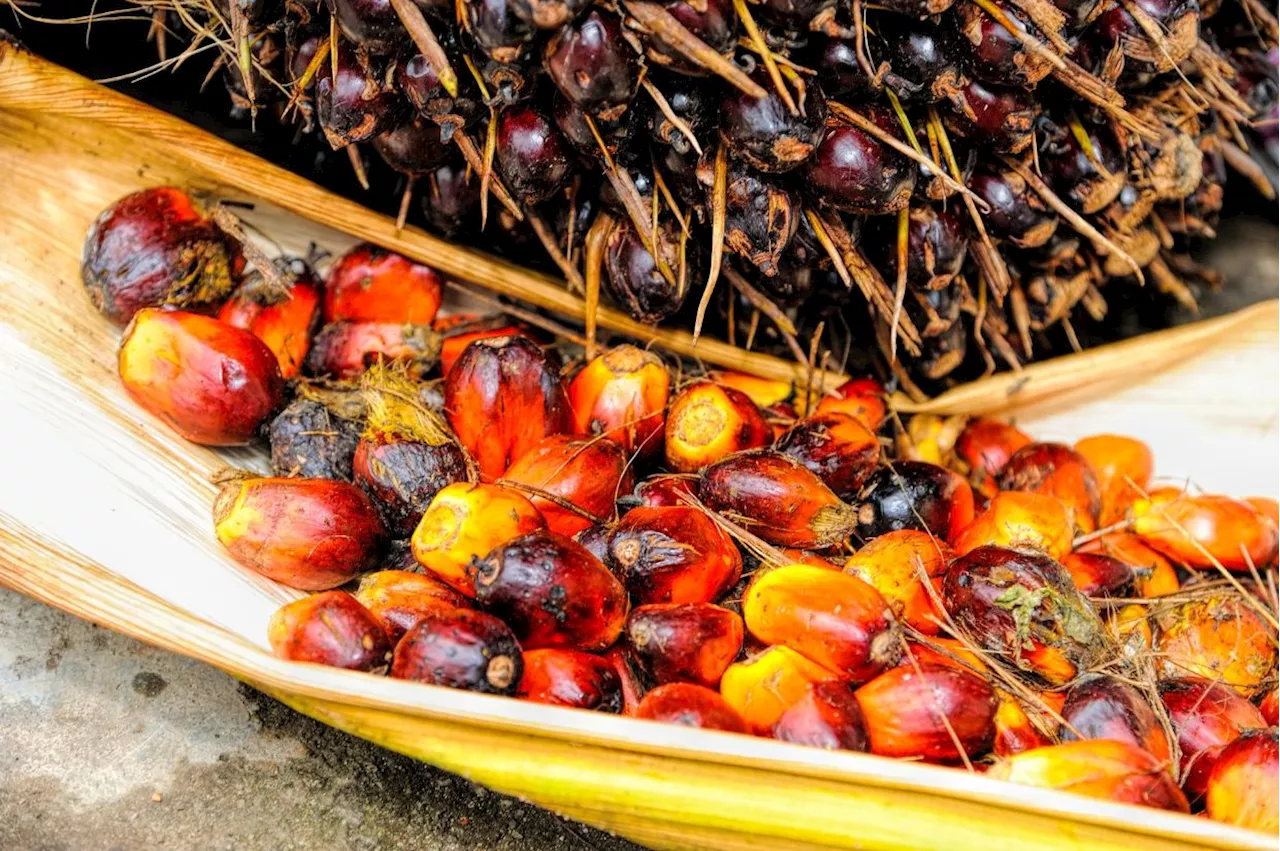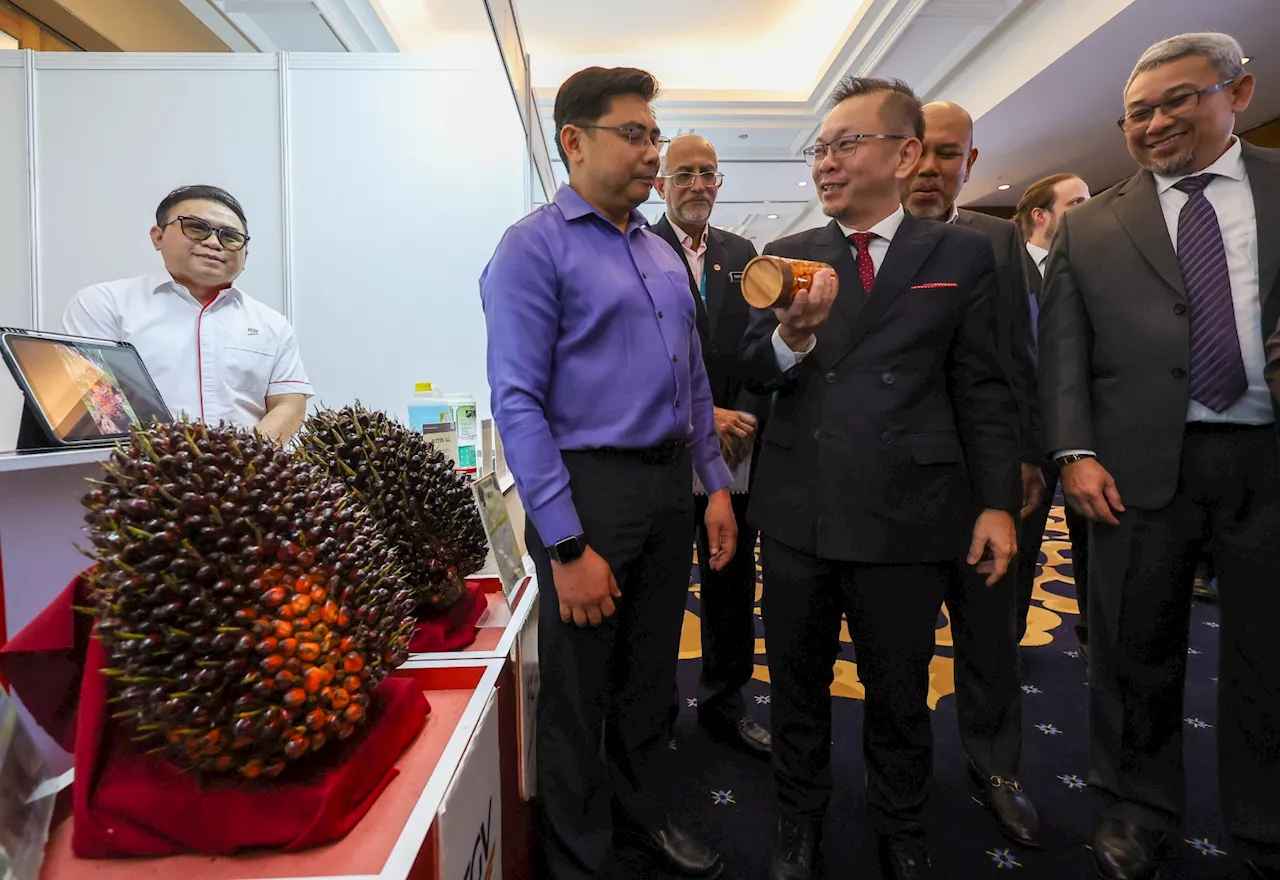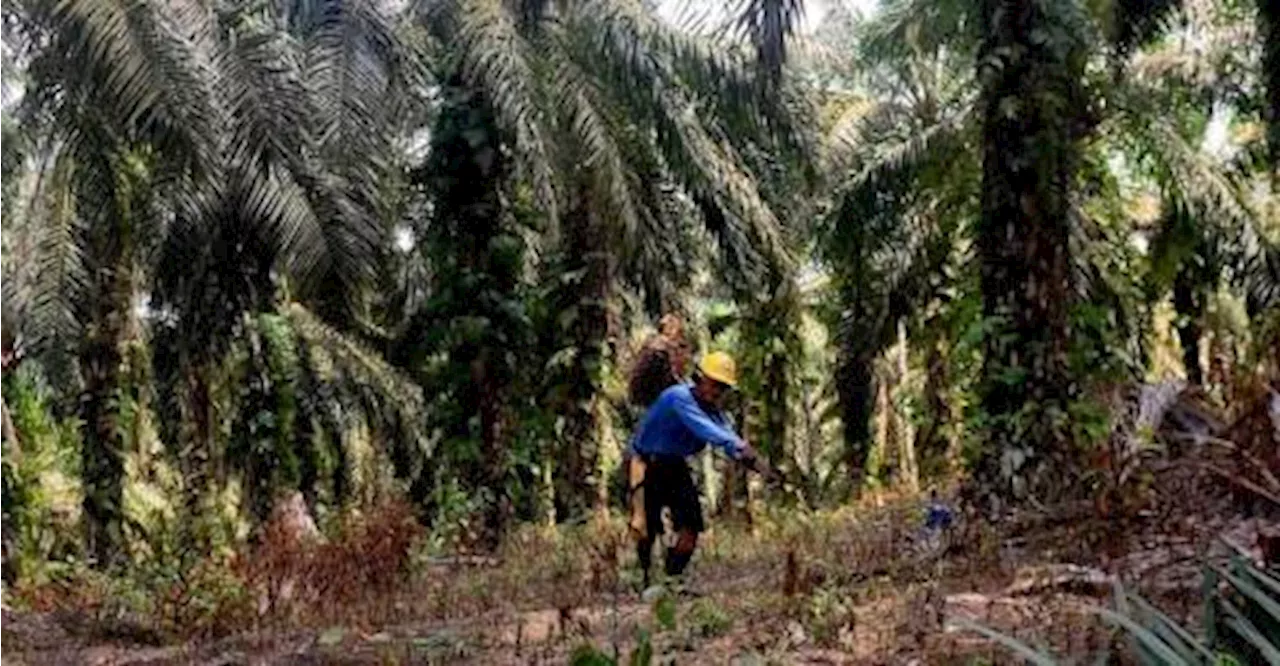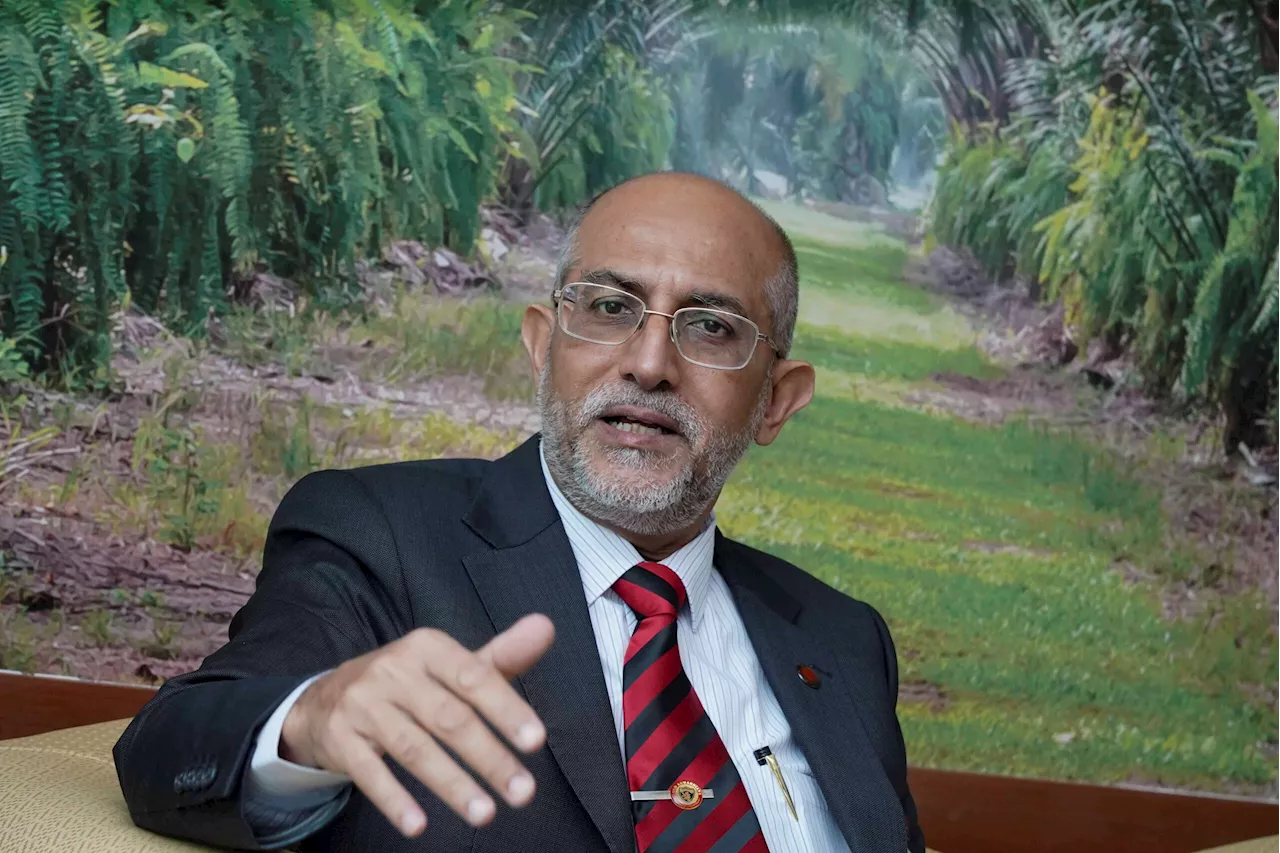Malaysia's palm oil sector faces a significant challenge due to a chronic labor shortage. This issue is exacerbated by the government's ongoing freeze on foreign worker quota applications.
Malaysia's palm oil sector faces a persistent challenge: a shortage of labor. This sector requires approximately 38,000 workers, a number expected to increase due to the government's ongoing freeze on applications for foreign worker quotas since March 2023. The sector heavily relies on foreign labor, particularly from Indonesia. This dependence, coupled with limited local worker participation, has created a chronic labor gap.
As foreign workers' work permits expire, they return to their home countries, leaving a void in the workforce. Malaysia's palm oil sector remains labor-intensive, especially for harvesting and collecting fresh fruit bunches (FFB). This reliance on manual labor, coupled with the ongoing labor shortage, directly impacts the sector's production capacity. The Minister of Plantation and Commodities, Datuk Seri Johari Abdul Ghani, recently assured that the government is committed to ensuring each palm oil plantation has sufficient labor to maintain consistent production. He emphasized that labor shortages could lead to unharvested ripe palm fruit, ultimately affecting overall yield. Despite the challenges, Malaysia's palm oil production recorded a 4.2% increase in 2024 compared to the previous year. However, this growth remains modest due to the lingering labor situation in the sector. Ahmad Parveez Ghulam Kadir, Director-General of the Malaysian Palm Oil Board (MPOB), stated that the continued labor shortage hinders the sector's ability to maximize harvest output. He also pointed out that unpredictable weather conditions in 2023 and 2024 further restricted palm oil production. Looking ahead to 2025, palm oil production is projected to reach 19.5 million tonnes, driven by the anticipated recovery of the labor situation in the palm oil sector and the impact of increased replanting activities in 2024. The price of crude palm oil (CPO) is expected to remain stable within the range of RM4,000 to RM4,300 per tonne in 2025. Several factors contribute to this price stability, including robust demand from international markets, particularly the biodiesel sector in Indonesia, which is projected to absorb an additional 1.2 million to 1.7 million tonnes of CPO. MPOB also anticipates that reduced production in some key competing countries, such as Indonesia, will support higher prices. While recognizing the risks associated with global commodity market fluctuations, Ahmad Parveez highlighted that strategic government measures are in place to ensure that palm oil prices remain competitive
PALM OIL LABOR SHORTAGE MALAYSIA PRODUCTION GLOBAL MARKET PRICES
Malaysia Latest News, Malaysia Headlines
Similar News:You can also read news stories similar to this one that we have collected from other news sources.
 Malaysia Palm Oil Stocks to Slightly Decline in 2025Malaysian Palm Oil Board (MPOB) predicts palm oil stocks to reach 1.6 million metric tons in 2025, a slight decrease from 1.71 million tons in 2024. Despite this, production is expected to increase to 19.5 million tons and exports to 17.3 million tons in 2025.
Malaysia Palm Oil Stocks to Slightly Decline in 2025Malaysian Palm Oil Board (MPOB) predicts palm oil stocks to reach 1.6 million metric tons in 2025, a slight decrease from 1.71 million tons in 2024. Despite this, production is expected to increase to 19.5 million tons and exports to 17.3 million tons in 2025.
Read more »
 Malaysia Pushes for Palm Oil Trade Growth and Sustainability in ASEANMalaysian Palm Oil Board (MPOB) director-general Datuk Ahmad Parveez Ghulam Kadir emphasizes the importance of regional trade agreements and global collaboration to boost the palm oil sector. He highlights the role of sustainability, smallholder inclusion, and innovation in ensuring a resilient and responsible palm oil industry.
Malaysia Pushes for Palm Oil Trade Growth and Sustainability in ASEANMalaysian Palm Oil Board (MPOB) director-general Datuk Ahmad Parveez Ghulam Kadir emphasizes the importance of regional trade agreements and global collaboration to boost the palm oil sector. He highlights the role of sustainability, smallholder inclusion, and innovation in ensuring a resilient and responsible palm oil industry.
Read more »
 Malaysia's Palm Oil Exports Expected to Rise 9.8% in 2025The Malaysian Palm Oil Board (MPOB) predicts a 9.8% increase in palm oil exports to RM120 billion in 2025, driven by stable global demand and a projected increase in production. The export volume is also anticipated to rise 2.4% to 17.3 million tonnes in 2025, compared to 16.9 million tonnes in 2024. Other factors contributing to the growth include a 0.3% increase in crude palm oil (CPO) production to 19.5 million tonnes and a steady rise in CPO prices throughout 2024.
Malaysia's Palm Oil Exports Expected to Rise 9.8% in 2025The Malaysian Palm Oil Board (MPOB) predicts a 9.8% increase in palm oil exports to RM120 billion in 2025, driven by stable global demand and a projected increase in production. The export volume is also anticipated to rise 2.4% to 17.3 million tonnes in 2025, compared to 16.9 million tonnes in 2024. Other factors contributing to the growth include a 0.3% increase in crude palm oil (CPO) production to 19.5 million tonnes and a steady rise in CPO prices throughout 2024.
Read more »
 Human Skeleton Found at Oil Palm Plantation in MalaysiaA human skeleton was discovered at an oil palm plantation in Siliau, Lukut, Malaysia. The discovery was made by a member of the public who was repairing a leaking pipe. Police investigated the area but found no clues to the identity of the skeleton or any criminal activity.
Human Skeleton Found at Oil Palm Plantation in MalaysiaA human skeleton was discovered at an oil palm plantation in Siliau, Lukut, Malaysia. The discovery was made by a member of the public who was repairing a leaking pipe. Police investigated the area but found no clues to the identity of the skeleton or any criminal activity.
Read more »
 Malaysia Focuses on Workforce and Innovation to Address Palm Oil ChallengesThe Malaysian government is taking steps to ensure a stable workforce and explore innovative solutions to tackle the decline in palm oil prices and reduce reliance on foreign workers.
Malaysia Focuses on Workforce and Innovation to Address Palm Oil ChallengesThe Malaysian government is taking steps to ensure a stable workforce and explore innovative solutions to tackle the decline in palm oil prices and reduce reliance on foreign workers.
Read more »
 Malaysian Palm Oil Prices Surge, Exports Rise in 2024The average crude palm oil (CPO) price in Malaysia soared by 9.7% to RM4,179.50 per tonne in 2024, reaching its peak at RM5,119.50 per tonne in December. This price increase contributed to a 15.1% surge in total oil palm products export revenue to RM109.3 billion. Total palm oil exports also climbed 8.9% to 26.66 million tonnes. The Malaysian palm oil industry produced 19.3 million tonnes of CPO in 2024, a 4.2% increase from 2023. The ministry plans to focus on mechanization and automation to address labor shortages.
Malaysian Palm Oil Prices Surge, Exports Rise in 2024The average crude palm oil (CPO) price in Malaysia soared by 9.7% to RM4,179.50 per tonne in 2024, reaching its peak at RM5,119.50 per tonne in December. This price increase contributed to a 15.1% surge in total oil palm products export revenue to RM109.3 billion. Total palm oil exports also climbed 8.9% to 26.66 million tonnes. The Malaysian palm oil industry produced 19.3 million tonnes of CPO in 2024, a 4.2% increase from 2023. The ministry plans to focus on mechanization and automation to address labor shortages.
Read more »
